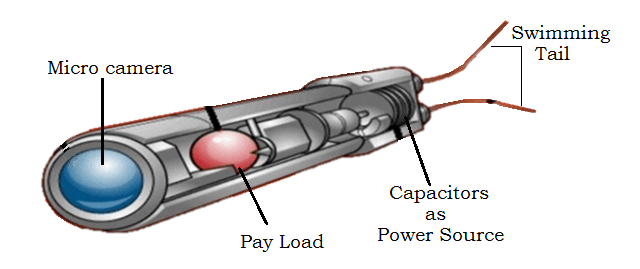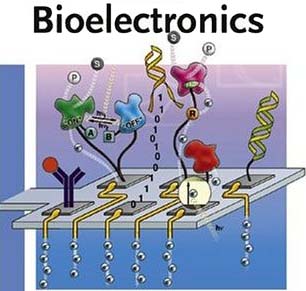Dynamic biological robots are less than 1 mm long and are made of 500-1000 living cells (PhD in Nano-Microelectronics)
Note: Dynamic biological robots are less than 1 mm long and are made of 500-1000 living cells. They come in a variety of simple shapes, some of which can move in linear or circular directions, join together to work collectively, and move small objects. They can live up to 10 days using their cellular energy.
Dynamic biological nanobots are like red blood cells. Not Nvbvt can be controlled as a nanoscale device that consists of a sensor and an engine, capable of performing specific tasks are defined , rather similar to a piece of cloth wrapped. He defined them as a means of identifying beneficial or harmful cancer cells. When they sense the enemy, they make changes and release a substance that can act against it. Dynamic biological nanobots can be made using organic materials such as proteins and polysucleotides or minerals such as metals or diamonds. In the case of diamonds, this is due to its high strength and performance. Metals, for example, can have dual purposes, such as silver. It can be the basis of a dynamic medical nanobots and has antibacterial properties. In some cases, they can act as a virus causing irreversible cell damage. Surface properties of medical biological nanobots are a key factor in defining solubility and interaction with other macromolecules or cellular surfaces. The size or shape of a dynamic medical nanobot affects their mobility, permeability, and responsiveness. Various extracellular nanostructures can be used as models. Dynamic biological nanobots Nanocellular thin films are used to deliver an efficient stimulus in the biological environment. Depending on the fuel used, its propulsion mechanism can be biocompatible.
Any sensor that uses the nano phenomenon for its operation is classified as a nanosensor. In the organic sector, biosensors use biological reactions to detect target analytes, and given the need to achieve therapeutic goals of dynamic biological robots in medicine, these sensors are the most prominent device for detecting dynamic biological robots. ) Are. Mechanical, thermal, optical, magnetic, chemical and biological sensors are used in dynamic biological robots . Because of these crucial tasks (identification and coordination of nanocells), two devices can be recognized as fundamental. Sensors are one of the most important parts of dynamic biological robots .The idea is to have dynamic biological nanobots that are designed to identify and accompany a specific part of the body where the problem is located, and in the best case scenario, feedback is sent. One of the main interests of dynamic biological robots in medicine is the development of therapies that aim at the exact point if necessary with the idea that it can have the necessary effects on the healthy parts of the body that any regular treatment has. , Minimize.
Researcher and author: Dr. ( Afshin Rashid)
PhD in Nano-Microelectronics




